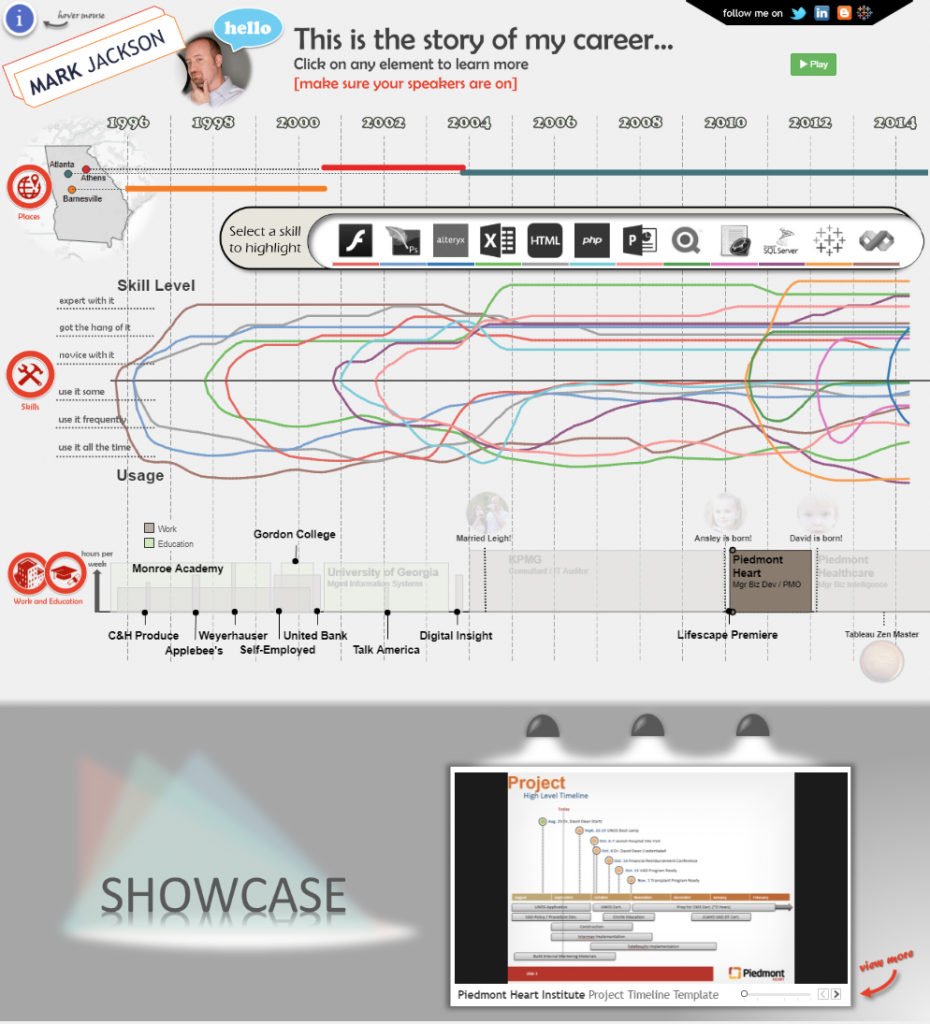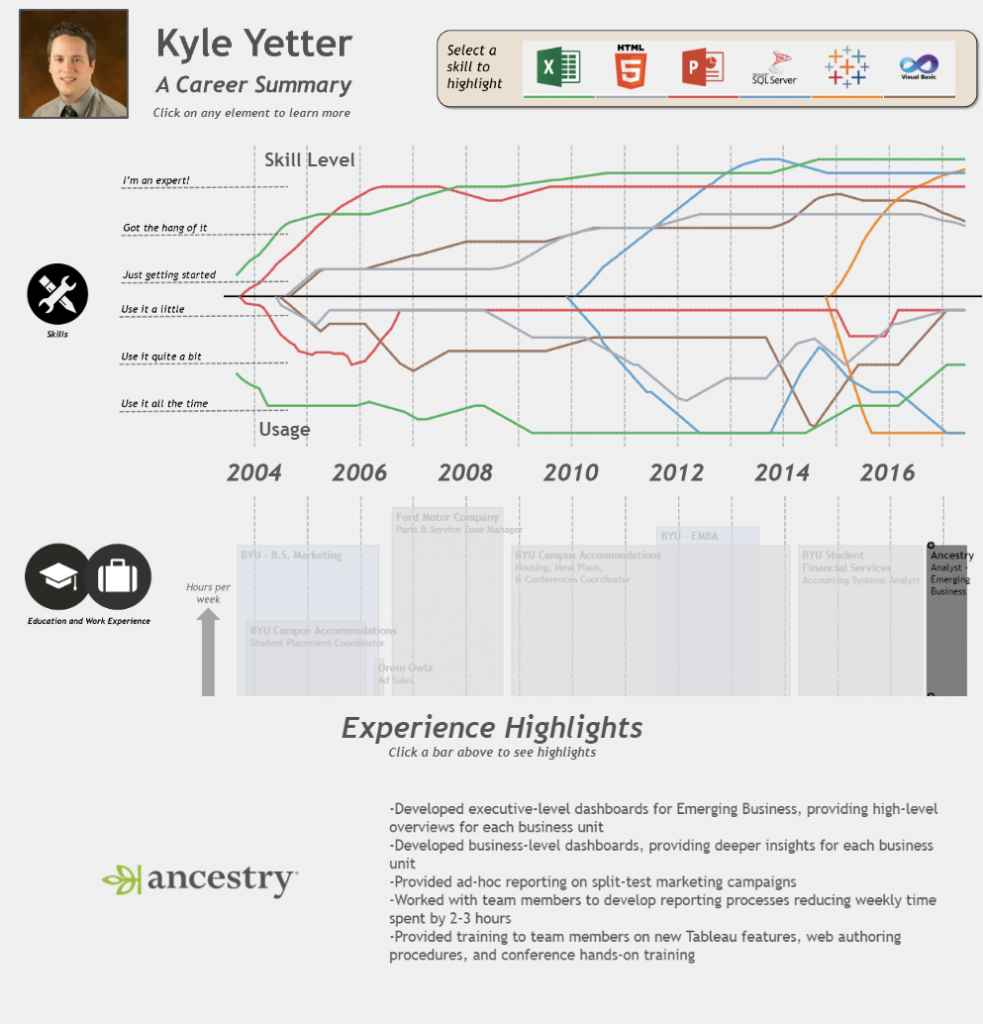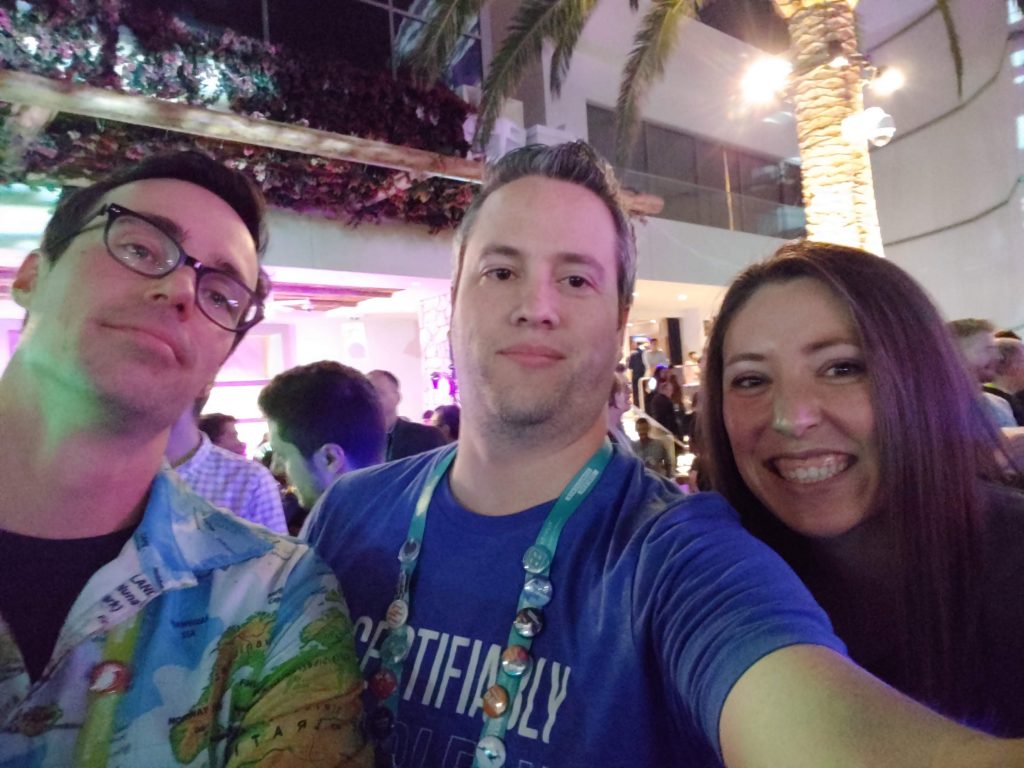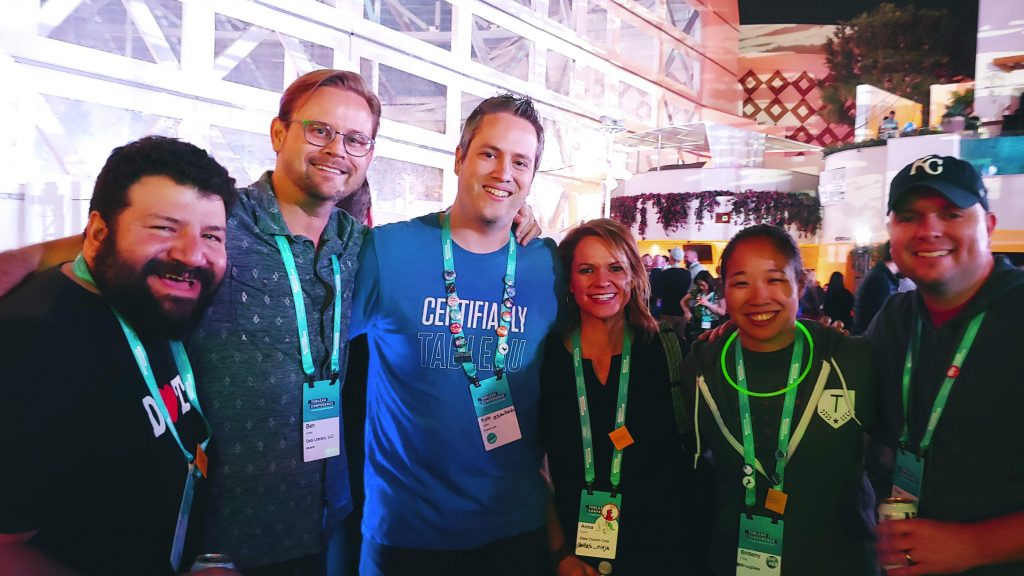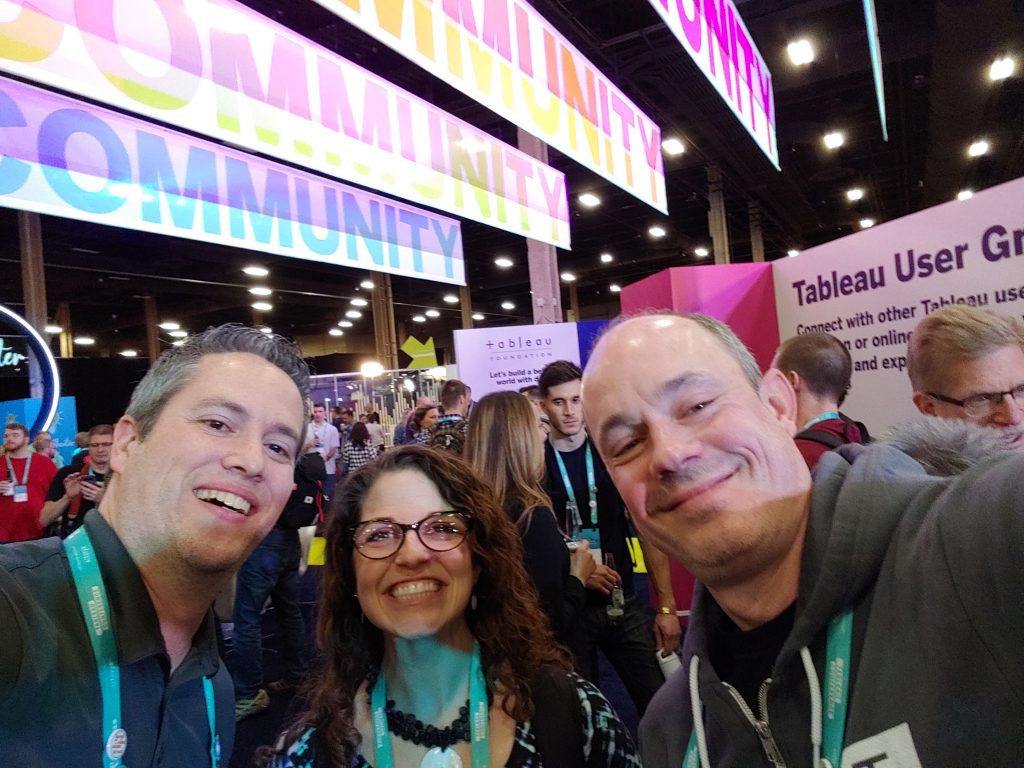As I thought about how to begin on this blog, with Thanksgiving so recently passed, I decided that instead of one “thankful post” for Thanksgiving, I will try to do a Thankful Thursday post each week about someone in the Tableau/visualization community who has made an impact on my journey. My first Thankful Thursday post is about Andy Kriebel.
The first time I used Tableau was in a 3-hour intro “seminar” at Brigham Young University, where I was working at the time. Russ Lyman, a consultant at Interworks and BYU alum, talked for about an hour about data visualization in general, and then walked us through building things in Tableau for the next two hours. As he finished up, he mentioned VizWiz.com as a great resource for learning the ropes with Tableau. I didn’t take many notes that day, but I wrote that blog down, and the rest is history.
I’m not sure how many of Andy’s blog posts I’ve read in the nearly five years since that day, but it has to be in the hundreds. When I was first starting in Tableau, his blog was a daily read for me. He had just moved to London to start at the Data School, so I followed along with their Dear Data Two project as he and Jeffrey Shaffer swapped hand-drawn postcards each week (modeled after the Dear Data project Giorgia Lupi and Stefanie Posavec were doing at the time). Makeover Monday and Tableau Tip Tuesday were also staples of his blog back then as well. Over time I created a favorites list of 30 or so blogs, but Andy’s was always at the top, because it consistently had new content that was useful and insightful.
With his announcement this week that he’ll no longer be hosting Makeover Monday, I started to think about what that project has meant to me. As I said, I read his Makeover Monday posts each week before he even started the community project with Andy Cotgreave in 2016. I followed along from the sidelines for a year and a half before I ever did one myself, but I learned each week from both Andy’s. It wasn’t until 2018, when Desireé Abbott and I decided to do Makeover Monday at work together as a way to prepare for the Certified Professional exam that I truly got into Makeover Monday on a consistent basis. Thankfully, when I said I wanted to get certified, and my preparation would be about an hour each week doing Makeover Monday with a small group, my manager was fully on board. While I was not a member of the 100% club (though the third member of our MM crew has become one for the last two years), that weekly exercise made me much more comfortable in reviewing a chart, identifying what worked and what didn’t, and improving upon it…quickly. When the time came at the end of TC18 to take the certification exam, I felt like it was just a longer version of Makeover Monday. The confidence and speed I gained from weekly participation was invaluable. I’d like to think my vizzes have improved over that time as well, though I still feel like there’s another level I want to get to.
Next to the Tableau Blogs folder in my Bookmarks bar is a Tableau Tricks folder. A quick peek in that folder finds three posts of Andy’s that were either extremely helpful at the time or completely changed how I looked at something. I want to share them here:
When I started using Tableau, I was working with a bunch of accountants. While I was baby-stepping them onto visualization, being able to give them an Excel icon to click on and get exactly the data they needed in exactly the format I wanted them to get it was invaluable. Technology has moved on a bit since then, but at the time, this was huge for me.
Until March 2017 (almost two years into my Tableau journey), whenever I used more advanced table calcs I would often just end up clicking stuff and moving things around until Tableau did what I was hoping it would do. Then Andy posted this image:

Lightbulb…my understanding of table calcs increased exponentially overnight. I still refer back to this when I’m struggling to get a table calc to do what I want (though, thankfully, that’s not as often anymore).
At Ancestry, I am part of the Finance org, so this one spoke to me. Similar to Andy’s experience mentioned in the post, I had looked all over to find intuitive financial dashboards to integrate into our team, and had stumbled upon the same dashboard Andy did, and experienced many of the same thoughts. I’m still trying to figure out how to implement something along these lines in our org (and get the data to do so in a format that works, but that’s another story), but as we discuss ways to improve and increase visualization in our org, I often come back to this one.
These are just a few examples of the many posts that I have referenced or learned from in the last 5 years. I’m sure I am preaching to the choir when I say that much of what I can do in Tableau I’ve learned from Andy and his blog. So thank you, Andy, for so willingly sharing your knowledge with this community, including me.
–If, somehow, you’re reading this and have never been to vizwiz.com, go now! Over 1000 blog posts are waiting for you to read them!–
